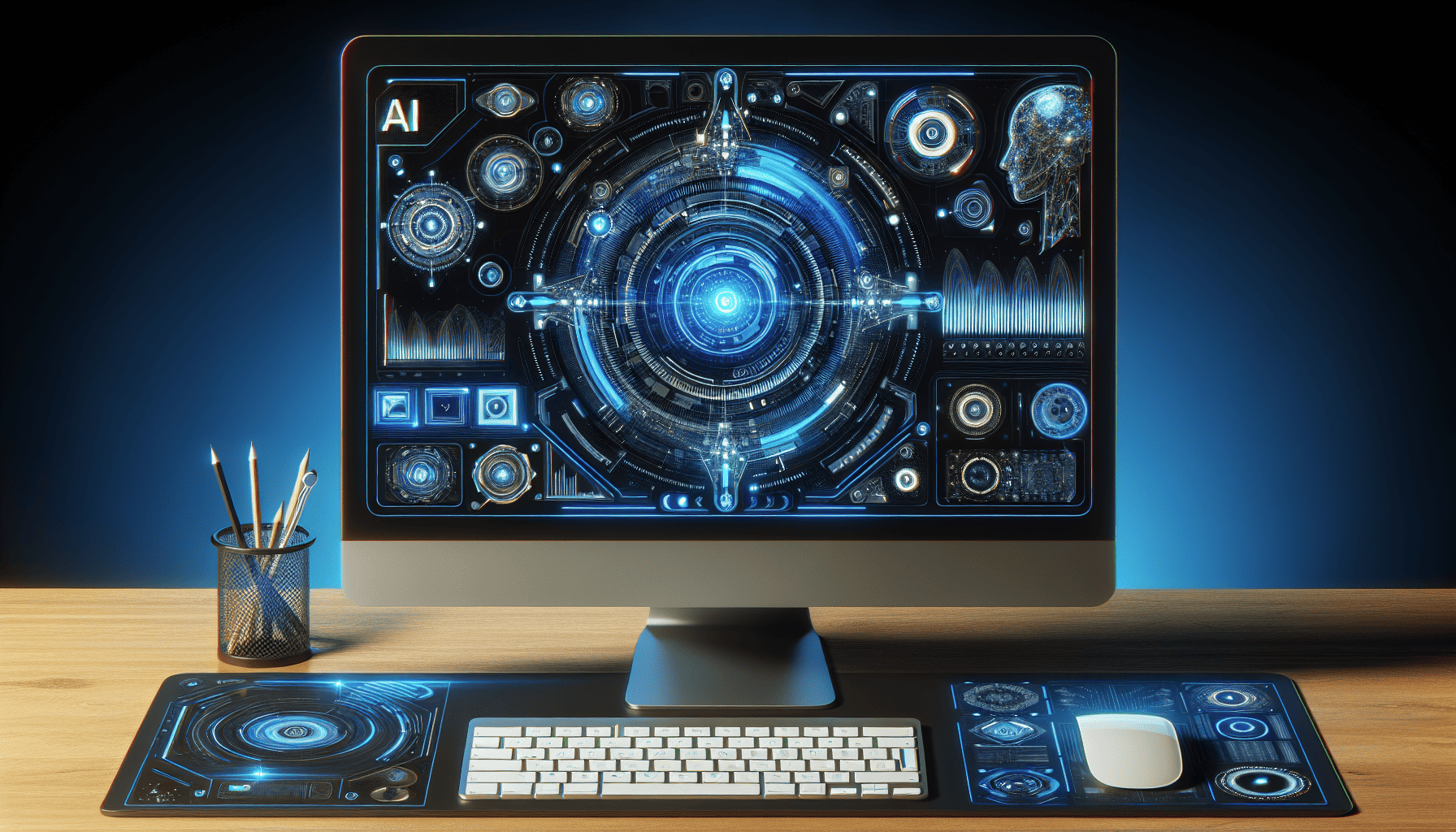Artificial intelligence (AI) is increasingly becoming a cornerstone in the evolution of web design, offering tools and insights that revolutionize how websites are crafted and experienced. By leveraging AI technologies, web designers are now able to create more personalized, efficient, and impactful user experiences, transforming the digital landscape in unprecedented ways.
One of the most significant advantages of incorporating AI into web design is its ability to facilitate personalization. AI algorithms can analyze vast amounts of user data to discern individual preferences and behaviors. This enables web designers to customize interfaces and content that resonate with users on a personal level, enhancing engagement and satisfaction. For example, AI-driven recommendation engines can suggest products, articles, or features based on users’ past interactions, leading to a more intuitive and user-centric browsing experience.
AI also optimizes the design process itself, making it more efficient and less labor-intensive. Traditional web design can often be a painstaking process involving numerous iterations and testing phases. However, with AI, designers can automate many of these tasks. AI tools can generate layout suggestions, color schemes, and typography that align with the latest design trends while adhering to brand guidelines. This not only speeds up the development process but also allows designers to focus more on innovation and creativity.
Furthermore, AI can enhance accessibility, ensuring that designs are user-friendly for individuals with various abilities. Through machine learning, AI systems can analyze and simulate how different users might interact with a web and suggest optimizations to improve usability. For instance, AI can help ensure that a website is navigable for users who rely on screen readers by suggesting alternative text for images or ensuring that navigation is intuitive.
AI's role in web design extends beyond creating the sites themselves. It also plays a crucial part in ongoing optimization and analysis. Through A/B testing, AI can determine the most effective versions of a website's elements, from layouts to call-to-action buttons, based on real-time user interactions. This allows for a continuous cycle of improvement, effectively molding the user experience to align with changing user expectations and behaviors.
Security is yet another area where AI is making substantial contributions. AI can proactively monitor websites for potential threats, identifying and neutralizing malicious activities before they can cause harm. With cyber threats growing increasingly sophisticated, the ability for AI to learn and adapt to new risks gives web designers and developers a powerful tool to protect sensitive data.
The integration of AI in web design also opens the door for more innovative features that enhance user engagement. For example, chatbots powered by natural language processing can provide real-time assistance and support, enhancing customer service without the need for a human operator. These chatbots can handle inquiries, guide users through the website, and even perform transactions, significantly improving the efficiency and effectiveness of online interactions.
In conclusion, artificial intelligence is undoubtedly shaping the future of web design, making it smarter, more personalized, and more efficient. By harnessing the power of AI, web designers can craft experiences that are not only aesthetically pleasing but also deeply intuitive and engaging. As AI technologies continue to evolve, the possibilities for revolutionizing web design will expand, making it an exciting field for innovation and creativity.
